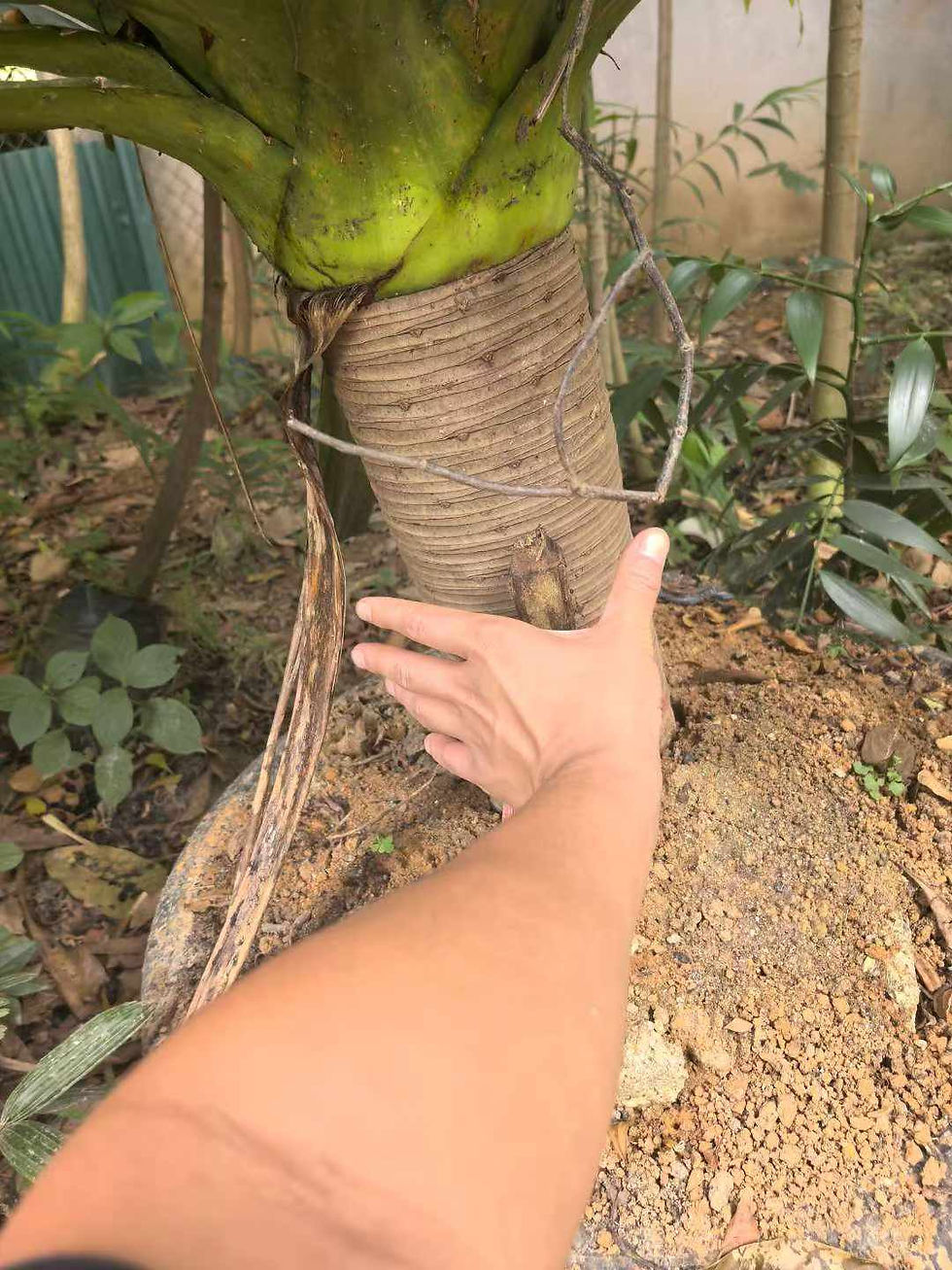Details
Shrubs or small trees, deciduous, to 6 m tall. Branchlets brown or deep brown, pubescent, rarely glabrous. Stipular spines erect, 4-17 mm, 2 per node; petiole 5-9 mm, pubescent; leaf blade broadly ovate or ovate-elliptic, 3-5.5(-7) × 2.2-5 cm, papery, abaxially yellowish to brownish pubescent on major veins, adaxially mostly glabrous, distinctly 3-veined from base, base broadly cuneate, cuneate, or subrounded, symmetric to slightly oblique, margin obtusely serrate or serrulate, rarely subentire, apex obtuse, rounded, or slightly retuse. Flowers in axillary cymes. Calyx tube shallowly cup-shaped; sepals broadly ovate, ca. 2 × 1.6-1.8 mm. Petals spatulate, shorter than sepals, 1.5-1.6 × ca. 1 mm. Stamens ca. as long as petals or slightly longer. Disk orbicular, margin 5- or 10-lobed. Ovary 3-loculed; style 3-fid. Drupe cup-shaped, 1.1-1.5 cm in diam., densely yellow-brown pubescent, base conical, apex flat to slightly mucronate; wing apically inserted, 7-8 mm, comparatively thick, margin distinctly 3-partite; fruiting pedicel brownish pubescent. Seeds purple-red or red-brown, shiny, oblate. Fl. May-Aug, fr. Sep-Oct.

































